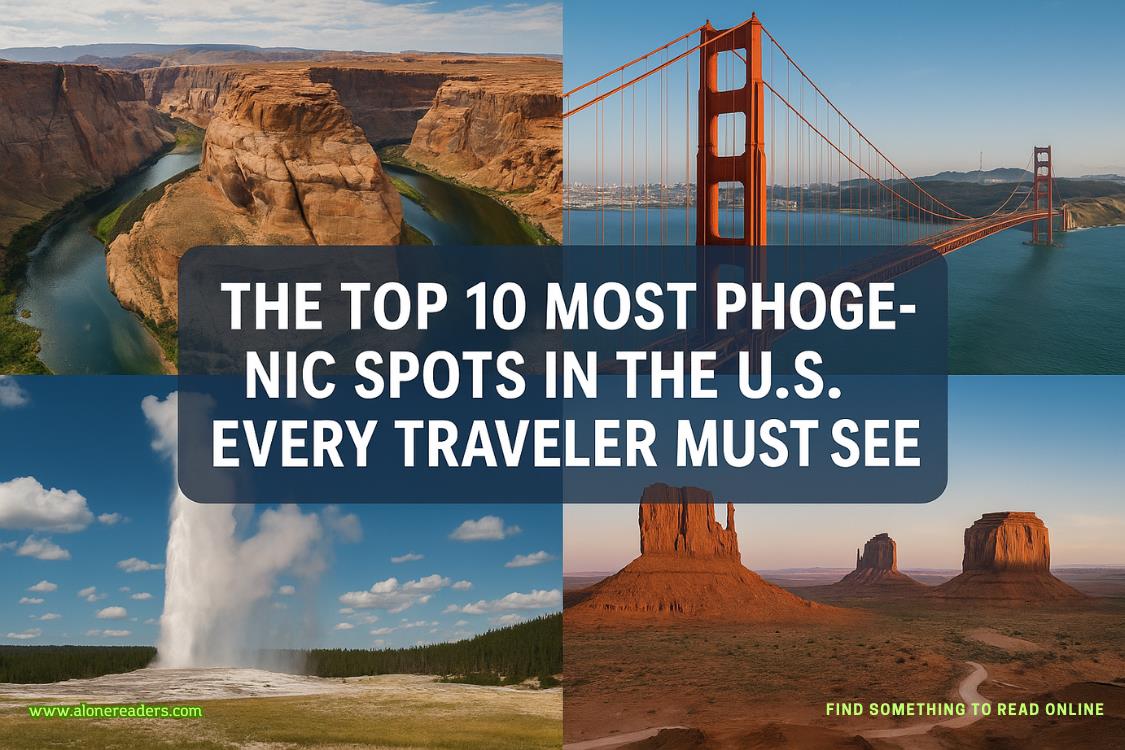Page 1 of Holmes, Margaret and Poe
CHAPTER 1
South Camp Springs, Maryland
ON THAT MID-NOVEMBER MONDAYmorning, after nearly three years of careful planning, the forty-eight-year-old man donned latex gloves and scanned the rental-car agreement one last time.
His eyes paused on the flowing signatureMarion Davisbefore he stuffed the agreement into an aluminum clipboard storage box, the kind construction estimators use. He set it on plastic sheeting on the credenza in a dingy motel room not far from Joint Base Andrews.
Davis had been there the past three days; he’d told the young woman at the front desk that he was holing up to finish his first movie script. His claim seemed to impress her enough that she agreed to keep housekeeping away, which was good, because how could he have explained the thin plastic sheeting covering every bit of furniture and taped over the floors and walls? Or, even harder to explain, the four large plastic storage bins he’dbought at Walmart and filled with bleach, hydrogen peroxide, and distilled water?
The acrid chemical scent irritated Davis’s eyes and nose, but he didn’t dare open the windows for ventilation. Instead, he’d kept the air conditioner going nonstop and wore goggles and a KN95 mask. He left the room only in the dead of night, when it was safe to ferry supplies. Now Davis crouched by the closest storage bin, reached with gloved hands into the chemical solution, and pulled out a long belt of .50-caliber bullets bought two years before on the blackest of black markets, this one at a remote ranch in northern Colorado.
He knew from training and experience that a soldier could adjust his aim at a moving target by using this ammunition belt. Every fourth cartridge fired a tracer round that glowed hot orange as it sped through the air.
However, the tracers also revealed the position of the shooter. Davis left in the first four tracer rounds but removed the remaining ones and replaced them with live rounds from a second bleached ammunition belt.
When he was done, he sank the first belt back in the chemicals and went into the bathroom. There, Davis stripped off his clothes and put them in a plastic garbage bag that he closed and sealed with duct tape.
Next, he stepped into the shower stall — all but the drain covered in plastic sheeting — turned on the hot water, picked up a razor, and shaved every inch of skin he could reach, from his already shaved head to the insteps of his feet.
He poured two cups of bleach down the drain when he was finished shaving, turned off the water, and retrieved a large tube of Airassi hair remover. Davis used a sponge on a long handle to smear the stuff on the skin he’d just shaved and all over hisback. His eyebrows, eyelids, and ear canals were also dabbed. The cream burned, especially on his testicles, but he waited nearly fifteen minutes before rinsing it off. It was worth the pain to ensure that no FBI crime scene tech would find his hair anywhere.
Davis stepped out of the shower, stood and waited for his body to dry, then applied copious amounts of CeraVe moisturizer, again head to toe, to keep flecks of his skin from shedding. Only then did he step into a white disposable hazmat suit. He pulled the hood over his head and zipped it to his neck.
With the goggles and respirator on, Davis lugged the storage bins into the bathroom and drained them, leaving the various components of his weapon and custom tripod in them. He used two blow-dryers to remove the rest of the moisture and lubricated the parts with oil and graphite.
When he was satisfied, Davis put lids on the bins, tore down the plastic sheeting, gathered everything he had used in the past seventy-two hours, and stuffed it all into four lawn-and-leaf bags. These he sealed with duct tape and put next to the motel room’s door.
He pushed back the curtains and saw the rear of the tan utility van. No one else was in the parking lot. But why would anyone be? It was a weekday morning. The kids who lived at the motel were all in school, and their mothers were working or sleeping it off.
Davis opened another bag, retrieved a new Baltimore Ravens hoodie, and put it on over the hazmat suit. A new brown cover-all with the logo of the National Park Service went on next. He finished with a pair of glasses with heavy black frames and clear lenses. He added a respirator to cover his face, checked his look, then tugged the mask down around his neck.
All of this had taken several hours. Davis had a great deal of confidence in his preparation, but his heart still raced when he finally opened the motel room door. He quickly moved the storage bins and bulging plastic bags into the rear of the van, near a mountain bike and two blue fifty-five-gallon drums, one strapped to each wall. A laptop computer, purchased the year before from a pawnshop in Kentucky, went in the front seat.
Davis left the key to the spotless room on a chair by the door and drove out of the parking lot a few minutes after two p.m. He felt fully in control of his fate and pleased about the impact he was about to have.
Davis allowed himself a smile, thinking:Isn’t that the way you want to be when you’re about to commit mass murder for a righteous cause?
CHAPTER 2
FOR THE NEXT THREEhours, Davis drove around greater Washington, DC, tossing the trash bags in separate dumpsters. When he was done with that, he went to Thrifton Hill Park, off Interstate 66 in Woodmont, Virginia.
He kept the vehicle running and the air-conditioning blasting when he got out with two magnetic signs reading ground crew below the emblem of the National Park Service system. They were exact replicas of ones he had seen and photographed on a trip to the Shenandoah Valley earlier in the year.
Davis stuck them on the sides of his van, climbed into the rear between the fifty-five-gallon drums, and began assembling a relic left over from Vietnam War days, a Browning M2 .50-caliber machine gun. He’d bought it at the same remote Colorado ranch where he’d bought the bullets.
When he was done putting the Browning together, he fitted a thermal scope on it, then screwed the tripod panhead into the front stock of the machine gun. He bolted the three legs of the tripod to a rotating steel plate mounted on the van’s floor and checked the thin hydraulic connection to the tripod’s neck.
Earlier, he had screwed a solid steel cylinder, four inches long and a quarter of an inch in diameter, into the rear bottom of the machine gun’s stock. That stout nub fit into the receiver of a hydraulic unit that was smaller than a card deck and mounted on a track between two strips of steel that curved from one side of the van to the other. The tracks were screwed tightly into the floor.
The machine gun now stood on its own, fully controlled, barrel cocked slightly upward, the muzzle less than an inch from where the two back doors met.
To finish, Davis attached a small pneumatic vise around the trigger and connected it and the other hydraulic lines and pumps to a palm-size digital control. Davis used the laptop to activate the thermal sight, connected by Bluetooth to the computer, and was soon looking at the scope’s reticle and the rear door of the van.
He triggered one of the hydraulic lines and saw the barrel rise as the tripod’s neck lifted and extended.
He gave another order. The rear of the gun swept smoothly left and right; he tested the trigger vise and heard the firing pin click. Satisfied, Davis retrieved the ammunition belt and fed it into the receiver, making sure to lay the belt out so it would not bunch or bind and jam the weapon.
Dusk gathered as he put the van in gear and headed east on I-66, then picked up the southbound George Washington Memorial Parkway. Davis turned on his headlights as he passedbeneath the Fourteenth Street Bridge and took the exit to Gravelly Point Park, hard by the Potomac River.















